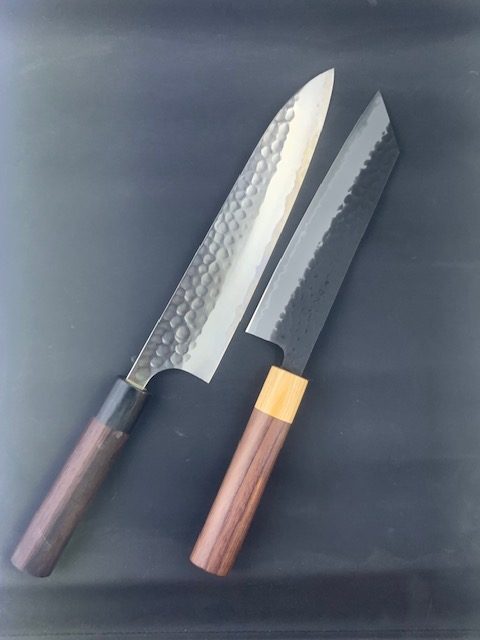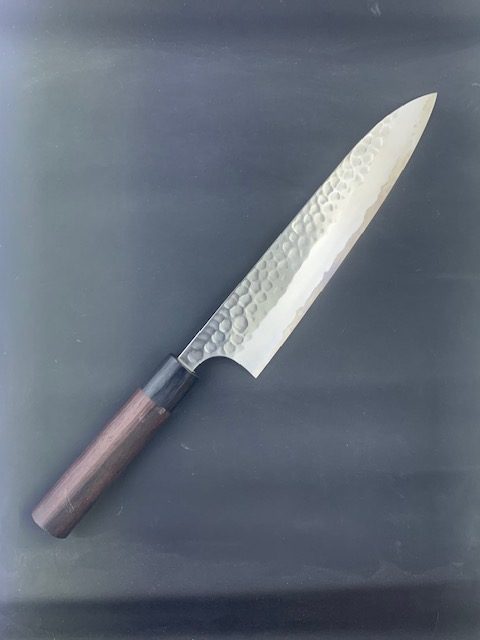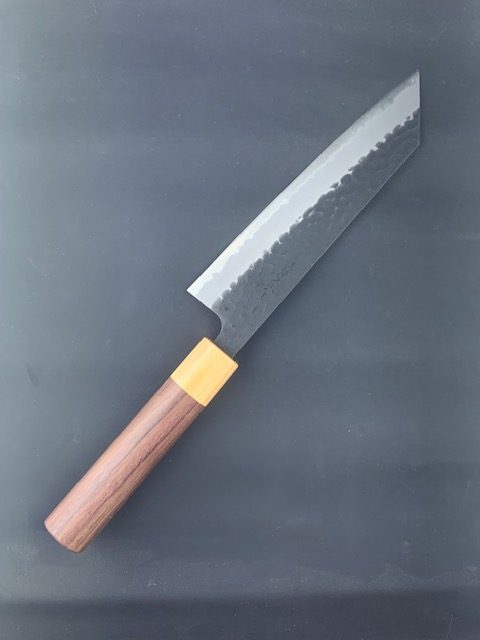Description
Many of our customers are knife enthusiasts, as well as gun enthusiasts, and we are often asked if we offer knife sharpening services. The answer is YES, we do – and not just any old knife sharpening service!
Our cutler has over a decade of experience using Japanese water stones to sharpen customer’s knives. (He does not do a quick and dirty sharpening on a belt grinder, as many services do.) He does it the RIGHT way, leaving an edge that is sharp because it is done by hand.
Great effort is put into ensuring that the edge is straight and will cut how it is intended, with no high or low spots.
Once you place your order, we will send a postage paid envelope to you. Just pack your knives safely in the envelope and mail it to us. We will do the rest!
Subscription services are available at a reduced rate. Please email us for more information at sharpening@highcalibercreations.com
We price our knife sharpening based upon the condition of the knife. Heavily damaged knives will take more effort and will therefore cost more to sharpen. On the other hand, if your knives are well cared for and just need a basic sharpening, it will cost less. Before placing an order, please email us a clear picture of your knife (knives) so that we can see the edge and determine a fair price.
Once we receive your photo, we will email a price quote. If you are in agreement with the amount, we will then make a custom order for you. We have found that this is the fairest way for us to price this service.
Questions we will need answered:
1. Desired Edge: Toothy vs Refined, Polished Edge
Toothy Edges – for a more aggressive cutting edge…used for softer knives and steels that will be cutting proteins such as meats. (Putting a polished edge on a softer knife will not give good edge retention)
Refined, Polished Edges – best for high quality knives with higher hardneess (eg: Japanese knives)
2. Desired Edge Geometry: Obtuse vs Acute Edge
Obtuse, Tough Edge – still cuts well, but for softer metals that will be subjected to tough use
Acute Edge – for hard steel with a more fragile edge. Best suited for applications that would not involve hard object, such as slicing soft foods with no bones
3. Intended Use – this helps our cutler determine the best edge for you. For example, for a cleaver that is going to be subjected to hard objects such as bones, the desired edge would be a refined, polished edge with obtuse geometry.



 Copyright 2025 High Caliber Creations LLC. All Rights Reserved
Copyright 2025 High Caliber Creations LLC. All Rights Reserved